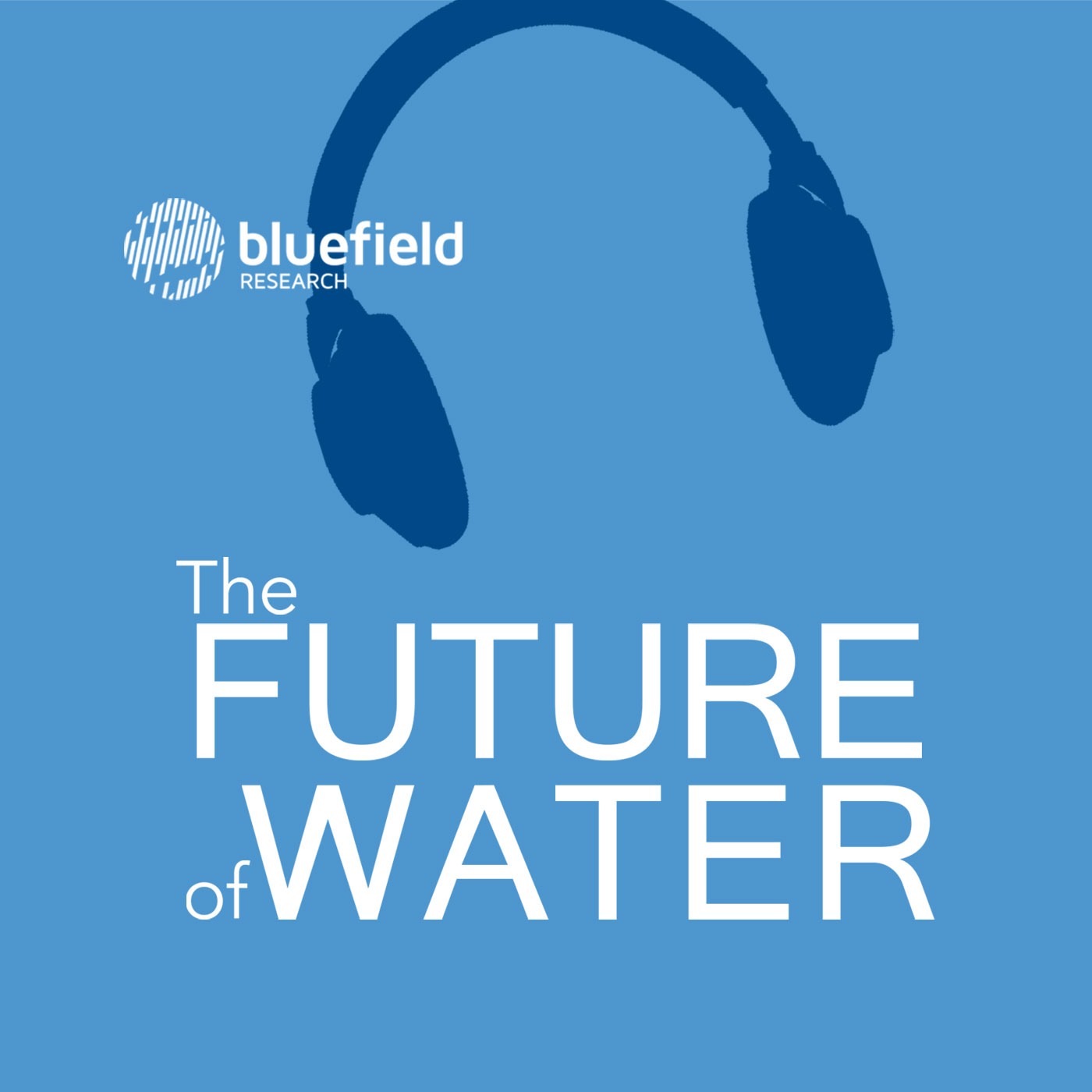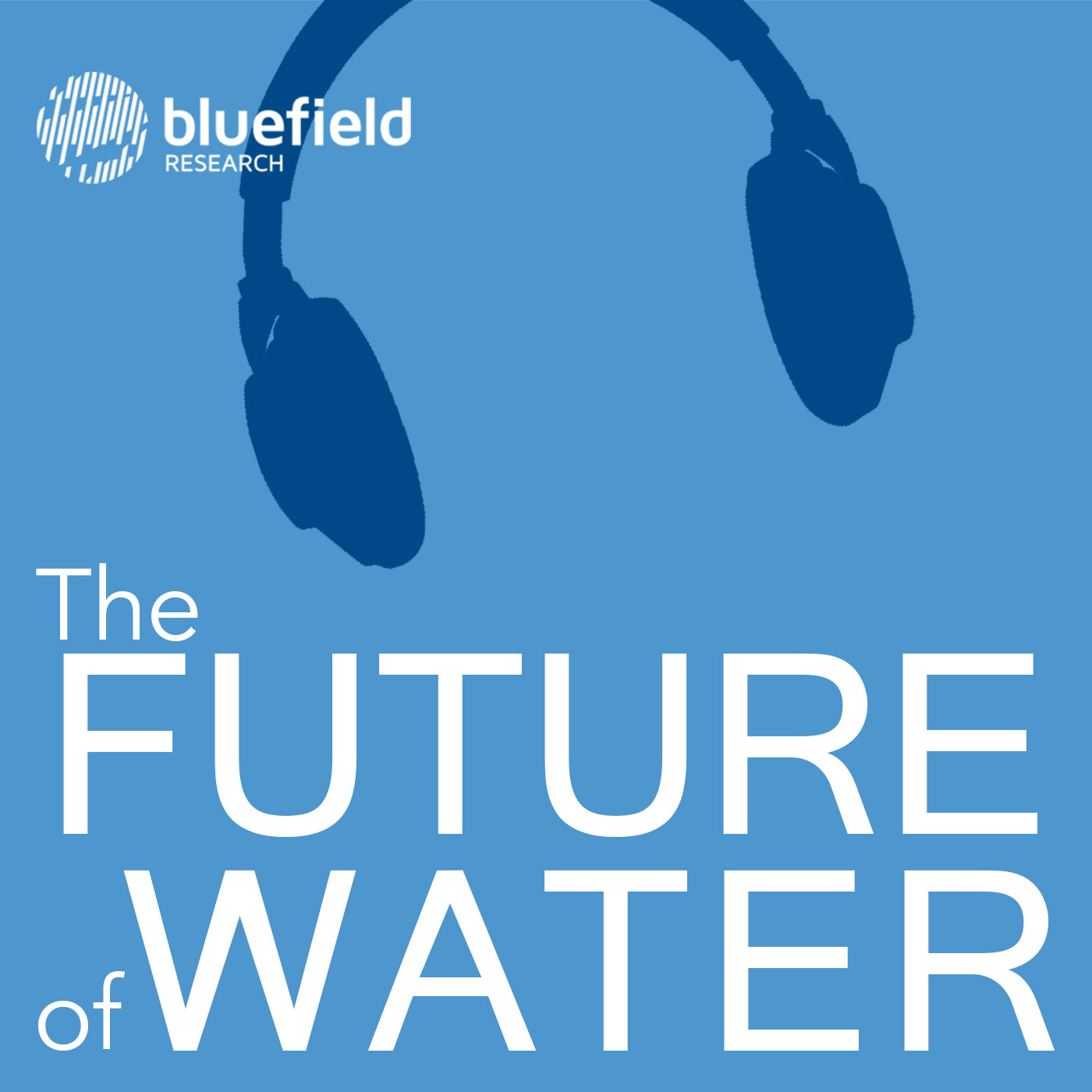On 20 March 2023, the U.S. Supreme Court heard oral arguments of Arizona v. Navajo Nation, a dispute over Colorado River water rights. The court’s decision could have significant implications for the water rights of Tribes across the country. Navajo Nation is one of the Indian Health Service (IHS) administrative areas with the greatest need for water and wastewater infrastructure construction and rehabilitation.
Recent federal funding outlays—including the 2021 Infrastructure Investment and Jobs Act (IIJA) and the US$1.7 trillion OMNIBUS bill passed in December 2022— have given the IHS historically high levels of access to federal funding. The allocations aim to address long standing deficiencies in drinking water and sewer infrastructure for tribal communities.
The combination of increased available funding and extreme water stress in the Colorado River basin presents a market opportunity over the next five to eight years through municipal water and sewer construction and rehabilitation projects.
Bluefield's water experts– Reese Tisdale and Greg Goodwin– talk about the scale of federal funds allocated to Indian reservations, the potential impact of pending lawsuits at the Supreme Court, and the impact of declining Colorado River water levels.
Related Research & Analysis

This discussion delves into the water crisis in Texas, climate, and what climatic events could mean for sustainable water management going forward. Over the...

In this episode, host Reese Tisdale is joined by Bluefield Senior Analyst Amber Walsh, who shares insights from her latest research on the growing...

According to an October AWWA survey, key issues facing water sector utilities and service providers in the U.S. and Canada are hiring difficulties and...